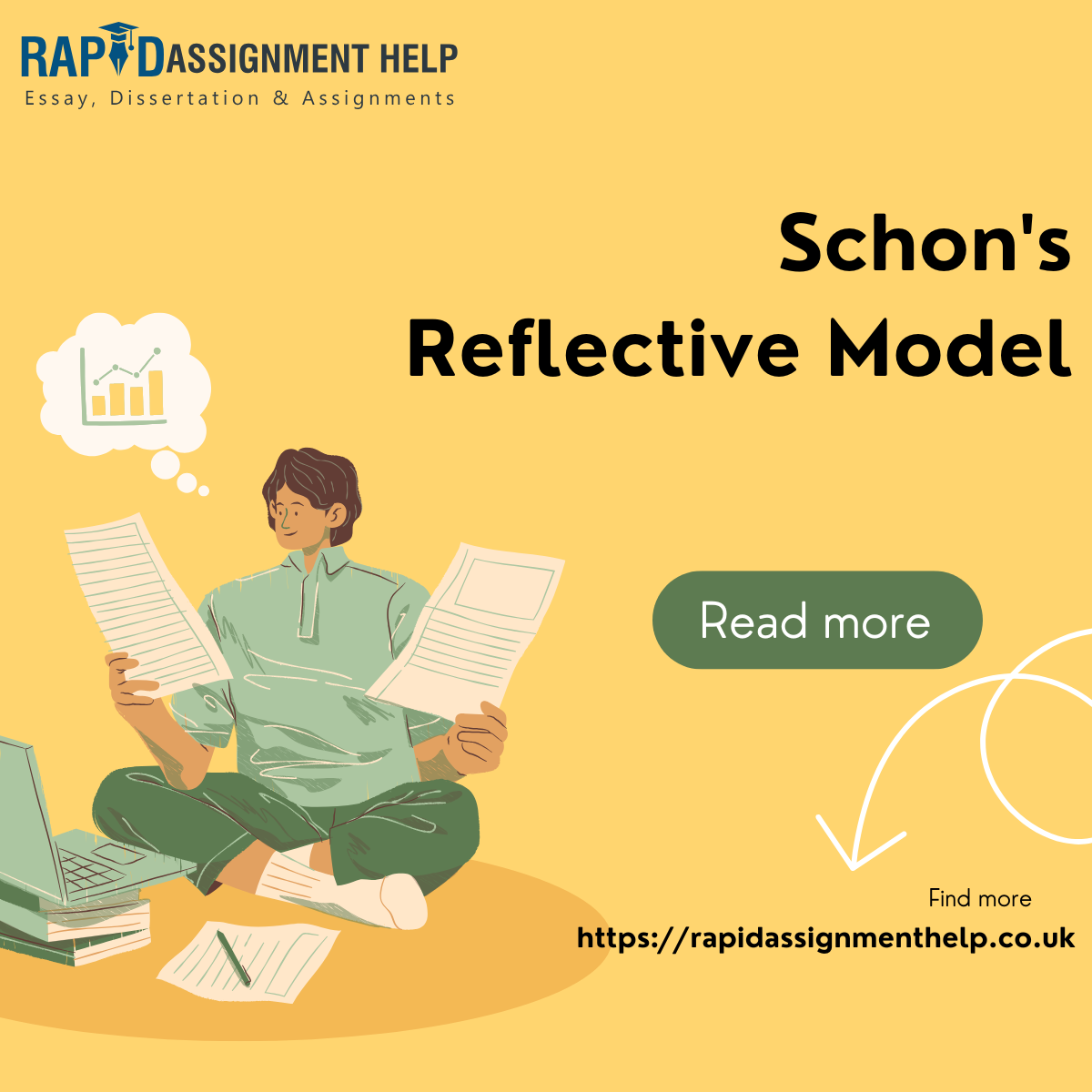Mastering Reflective Practice: Unlocking Growth Through Self-Reflection

Strong 8k brings an ultra-HD IPTV experience to your living room and your pocket.
In today’s fast-paced world, personal and professional growth hinges on our ability to learn from experiences. Reflective practice, a deliberate process of analyzing one’s actions and decisions, has emerged as a powerful tool for unlocking this growth. By stepping back to evaluate what went well, what didn’t, and why, individuals can transform routine experiences into opportunities for development. Among the frameworks that guide this process, Donald Schön’s approach to reflective practice stands out for its practical and dynamic application. This article explores how mastering reflective practice, with insights from Schon's Reflective Model, can foster continuous learning, enhance decision-making, and drive meaningful progress in various domains.
What is Reflective Practice?
Reflective practice is the intentional act of thinking about one’s experiences to gain insight and improve future actions. It’s more than casual daydreaming or fleeting thoughts about a day’s events—it’s a structured process that encourages deep analysis and critical thinking. By reflecting on experiences, individuals can identify patterns, uncover assumptions, and develop strategies to approach similar situations more effectively.
The concept has roots in various disciplines, including education, healthcare, and leadership, where professionals must adapt to complex and unpredictable environments. Reflective practice allows individuals to bridge the gap between theory and practice, turning experiences into actionable knowledge. At its core, it’s about asking questions like: What happened? Why did it happen? How can I do better next time?
One of the most influential frameworks for reflective practice is Schon's Reflective Model, which emphasizes two key processes: reflection-in-action and reflection-on-action. These concepts provide a structured way to think about experiences in real-time and after the fact, making them invaluable for professionals and individuals seeking growth.
Understanding Schon's Reflective Model
Donald Schön, an American philosopher and professor, introduced his reflective practice framework in the 1980s, revolutionizing how professionals approach learning and problem-solving. His model focuses on two types of reflection:
Reflection-in-Action: This occurs during an activity, where individuals think on their feet, adjusting their actions based on real-time insights. For example, a teacher might notice a student struggling during a lesson and adapt their approach mid-session to better engage the class.
Reflection-on-Action: This happens after an event, where individuals analyze what occurred, why it happened, and how it could be improved. For instance, a project manager might review a completed project to identify what led to delays and how to streamline processes in the future.
Schon’s framework is particularly powerful because it acknowledges the dynamic nature of real-world challenges. It encourages individuals to be both proactive and retrospective, fostering adaptability and continuous improvement. By integrating Schon's Reflective Model into daily practice, professionals can enhance their ability to navigate complex situations with confidence and clarity.
The Benefits of Reflective Practice
Reflective practice offers numerous benefits that contribute to personal and professional growth. Here are some of the key advantages:
1. Enhanced Self-Awareness
Reflection encourages individuals to examine their thoughts, emotions, and actions. This self-awareness helps uncover biases, assumptions, or habits that may hinder performance. For example, a nurse reflecting on a patient interaction might realize they rushed a conversation, leading to a plan for more mindful communication in the future.
2. Improved Decision-Making
By analyzing past decisions and their outcomes, individuals can refine their decision-making processes. Reflective practice helps identify what worked, what didn’t, and why, enabling more informed choices in similar situations. A leader who reflects on a failed team project might discover communication gaps and implement better strategies for collaboration.
3. Continuous Learning
Reflective practice transforms experiences into learning opportunities. Instead of repeating the same mistakes, individuals can extract lessons from each situation, fostering a growth mindset. This is particularly valuable in fields like education or healthcare, where professionals face unique challenges daily.
4. Increased Adaptability
Reflection-in-action, a cornerstone of Schön’s model, equips individuals to adapt in real-time. For example, a designer noticing a client’s dissatisfaction during a presentation might pivot their approach to address concerns immediately, improving the outcome.
5. Professional Growth
Reflective practice is a catalyst for career advancement. By consistently evaluating their performance, professionals can identify areas for improvement, set goals, and track progress. This proactive approach demonstrates a commitment to excellence, which is highly valued in any field.
How to Master Reflective Practice
Mastering reflective practice requires intentionality, discipline, and a structured approach. Below are practical steps to incorporate reflective practice into your daily routine, drawing on the principles of Schon's Reflective Model:
Step 1: Create Space for Reflection
Reflection requires time and focus. Set aside dedicated moments—whether daily, weekly, or after significant events—to reflect on your experiences. This could be as simple as journaling for 10 minutes at the end of the day or scheduling a weekly review session. The key is to make reflection a habit, not an afterthought.
Step 2: Ask Guiding Questions
To structure your reflection, use questions that prompt deep analysis. Some effective questions include:
What happened during this event or experience?
What went well, and why?
What could have been done differently?
What assumptions or beliefs influenced my actions?
How can I apply these insights to future situations?
These questions align with reflection-on-action, helping you dissect past experiences to uncover valuable lessons.
Step 3: Practice Reflection-in-Action
To develop reflection-in-action, train yourself to think critically during tasks. This might involve pausing briefly to assess whether your approach is working or noticing cues from your environment. For example, a salesperson might adjust their pitch mid-conversation if they sense a client’s hesitation. Over time, this real-time reflection becomes second nature.
Step 4: Use Tools and Frameworks
Frameworks like Schön’s model provide a clear structure for reflection. You can also use tools like reflective diaries, mind maps, or even discussion groups to process your thoughts. Writing down reflections helps clarify ideas and track progress over time.
Step 5: Seek Feedback
External perspectives can enhance your reflective practice. Ask colleagues, mentors, or peers for feedback on your performance. Their insights can reveal blind spots and provide new angles for reflection. For example, a teacher might ask a colleague to observe their class and share observations, which can inform their reflective process.
Step 6: Act on Insights
Reflection is only valuable if it leads to action. After identifying areas for improvement, create an action plan to implement changes. For instance, if a manager reflects on a team meeting and realizes they dominated the conversation, they might plan to encourage more participation in the next meeting.
Step 7: Reflect on the Reflection Process
To truly master reflective practice, periodically evaluate how you reflect. Are you being honest with yourself? Are you dedicating enough time? Are your reflections leading to meaningful changes? This meta-reflection ensures your practice remains effective and evolves with your needs.
Applying Reflective Practice in Different Contexts
Reflective practice is versatile and can be applied across various domains. Here are examples of how it can drive growth in specific fields:
Education
Teachers can use reflective practice to improve their teaching methods. By reflecting on a lesson, they might realize that certain students were disengaged and experiment with new strategies, such as interactive activities, to boost participation.
Healthcare
Nurses and doctors can reflect on patient interactions to enhance care quality. For instance, a doctor might reflect on a misdiagnosis, identify gaps in their reasoning, and adopt a more systematic approach to assessments.
Leadership
Leaders can use reflection to refine their management style. A manager who reflects on a team conflict might recognize the need for clearer communication and implement regular check-ins to prevent future issues.
Creative Fields
Artists and designers can reflect on their creative process to spark innovation. A graphic designer might analyze a rejected design, identify what didn’t resonate with the client, and adjust their approach to better align with client expectations.
Overcoming Challenges in Reflective Practice
While reflective practice is powerful, it comes with challenges. Here are common obstacles and how to address them:
Lack of Time
Busy schedules can make reflection feel like a luxury. To overcome this, integrate reflection into your routine in small ways, such as a five-minute journal entry or a quick mental review during a commute.
Discomfort with Self-Criticism
Reflecting on mistakes can be uncomfortable. To ease this, focus on growth rather than blame. View mistakes as opportunities to learn, and celebrate small improvements.
Lack of Structure
Without a framework, reflection can feel aimless. Using a structured model like Schön’s or tools like reflective journals can provide clarity and direction.
Bias in Reflection
It’s easy to focus only on successes or dwell on failures. To avoid this, strive for balance by considering both what went well and what could be improved.
Conclusion
Mastering reflective practice is a transformative journey that unlocks growth through self-reflection. By intentionally analyzing experiences, individuals can enhance self-awareness, improve decision-making, and foster continuous learning. Schon's Reflective Model, with its emphasis on reflection-in-action and reflection-on-action, provides a practical framework for navigating complex challenges and driving meaningful progress. Whether you’re an educator, healthcare professional, leader, or creative, reflective practice empowers you to turn experiences into opportunities for growth. By creating space for reflection, asking guiding questions, and acting on insights, you can harness the full potential of this practice to achieve personal and professional excellence. Start small, stay consistent, and watch as reflective practice transforms the way you learn, work, and grow.
Note: IndiBlogHub features both user-submitted and editorial content. We do not verify third-party contributions. Read our Disclaimer and Privacy Policyfor details.







